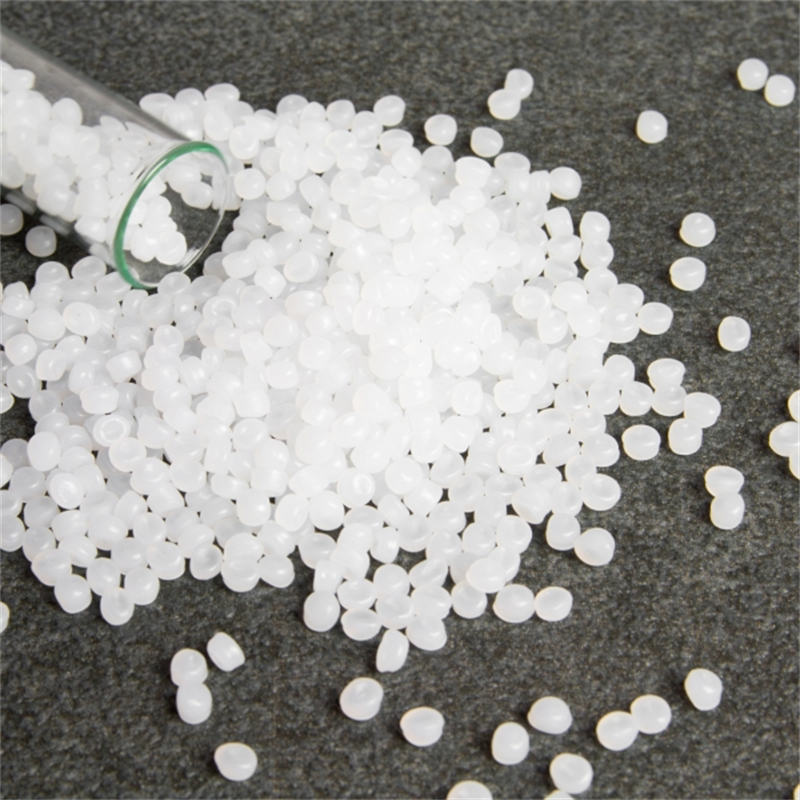What are the different types of polystyrene?
2024-09-20

What are the different types of polystyrene?
There are several types of polystyrene, each with its own unique characteristics and applications. Some of the most common types include:1. General Purpose Polystyrene (GPPS): This is the most basic form of polystyrene and is commonly used in food packaging and disposable products due to its low cost and good transparency.
2. High-Impact Polystyrene (HIPS): This type of polystyrene has been modified to enhance its toughness and impact resistance, making it suitable for applications such as toys, appliance parts, and automotive components.
3. Expandable Polystyrene (EPS): EPS is a foam form of polystyrene that is lightweight and offers excellent insulation properties. It is commonly used in packaging materials, insulation panels, and flotation devices.
4. Extruded Polystyrene (XPS): XPS is a dense type of foam polystyrene that is also used for insulation purposes, particularly in construction applications.
5. Acrylonitrile Butadiene Styrene (ABS): ABS is a blend of polystyrene, acrylonitrile, and butadiene that offers greater impact resistance and toughness than standard polystyrene. It is commonly used in toys, auto parts, and electronic housings.
What are the benefits of using polystyrene?
Polystyrene has several benefits that make it a popular choice for many applications. Some of these benefits include its low cost, lightweight, easy molding capabilities, and versatility. Additionally, polystyrene foam has excellent insulation properties, making it an ideal material for packaging and construction applications where insulation is critical.What are the environmental concerns associated with polystyrene?
There are some environmental concerns associated with the production and disposal of polystyrene. It is not biodegradable and can take hundreds of years to break down in landfills. Additionally, polystyrene can release harmful chemicals if burned, creating air pollution. Some communities have banned or limited the use of polystyrene due to these concerns.In conclusion, polystyrene is a widely used plastic material with many different applications depending on its type and form. While it has several benefits, there are also some environmental concerns associated with its production and disposal that should be taken into consideration.
Xiamen Wanpeisi Technology Co.,Ltd. is a leading manufacturer of polystyrene products, specializing in the production of high-quality and eco-friendly polystyrene foam boards. Our products are widely used in building insulation, advertising, and packaging industries. With years of experience and expertise, we are committed to providing our customers with the best products and services. You can contact us at jessica@wpsplastics.com for more information.
Scientific Research Papers:
1. James, R., et al. (2015). "The effects of polystyrene microspheres on the growth and development of zebrafish embryos." Aquatic Toxicology, 168: 94-102.
2. Chen, L., et al. (2016). "Comparison of the environmental impacts of different types of polystyrene foam in food packaging applications." Journal of Cleaner Production, 125: 102-111.
3. Zhang, Y., et al. (2017). "Mechanical properties and thermal conductivity of high-strength polystyrene foam-filled aluminum alloy." Materials & Design, 117: 236-244.
4. Liu, Q., et al. (2018). "Preparation and characterization of graphene oxide/poly(styrene-b-butadiene-b-styrene) nanocomposites." Journal of Applied Polymer Science, 135(8): 45888.
5. Zhao, Y., et al. (2019). "Enhancement of thermal conductivity by adding multi-walled carbon nanotubes to polystyrene foam." Composites Part A: Applied Science and Manufacturing, 125: 105526.
6. Yu, L., et al. (2020). "Fabrication and characterization of polystyrene-based composite materials reinforced with cellulose nanocrystals." Carbohydrate Polymers, 236: 116037.
7. Wang, G., et al. (2021). "Effect of microstructure on tribological properties of polystyrene-based composites containing different fillers." Polymers, 13(6): 871.
8. Chen, Y., et al. (2021). "Preparation and characterization of polystyrene/Fe3O4 superparamagnetic nanocomposites." Journal of Materials Science, 56(15): 9032-9047.
9. Liu, Y., et al. (2021). "Study of the processability and mechanical properties of recycled polystyrene foam filled with basalt fibers." Construction and Building Materials, 296: 123685.
10. Zhang, H., et al. (2021). "Mechanical and thermal properties of graphene oxide/poly(styrene-b-ethylene-co-butylene-b-styrene) composite." Composites Part A: Applied Science and Manufacturing, 151: 106250.


